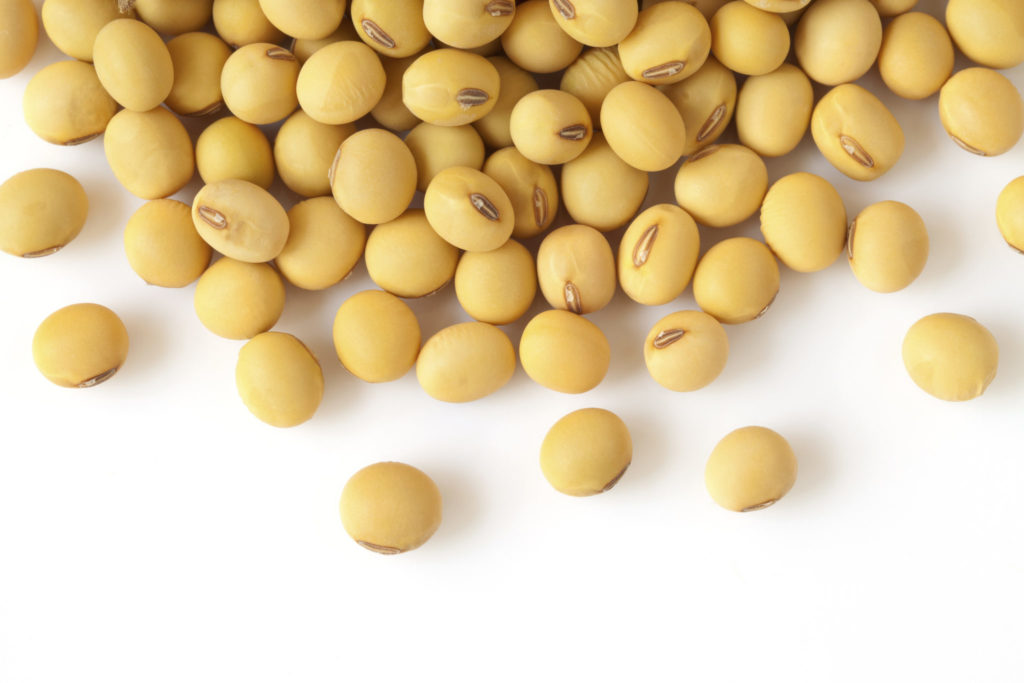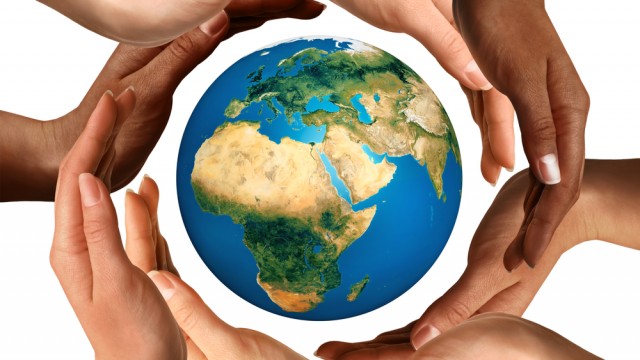Industrialization Is The Best Import Substitution
According to Britannica (2022), industrialization in history refers to the process of change from an agrarian and handicraft economy to one dominated by industry and machine manufacturing. These technological changes introduced novel ways of working and living and fundamentally transformed society. This process started in 18th-century Britain. From there, in it began to spread slowly worldwide. The question then begs, what made Great Britain unique enough to be the birthplace of the Industrial Revolution? According to historians, several variables came together in Britain in the middle of the 18th century to create the ideal conditions for industry development (Study.com 2022). The following is an examination of a few of the variables above: • Agricultural innovations: British farmers effectively used new agricultural methods and equipment to boost their output. Even enough food could be grown by fewer individuals to feed a sizable labour force. • Boom in population: Between 1750 and 1800, the population of Britain doubled. More people in the country could work in industries and buy made items. • Economic advancements: Britain had created a financial system, including a stock market and banks that could handle surges in economic activity. • New ideas and a scientific perspective: The British were explorers who valued scientific discovery and human growth. They were continuously learning new things about the way the world operated. • Foundations for transportation: Britain had several navigable rivers, good highways, and canals that could move goods from manufacturers to consumers and raw materials to factories. • Natural resources: Britain’s substantial coal and iron reserves provided the electricity needed to run new enterprises. • A willing government: The British government supported industry, promoted trade, granted patents to protect inventors, provided financial incentives to manufacturers, and maintained a laissez-faire attitude, well-liked by businesspeople. • Multiple colonies: It’s a touchy subject but having multiple colonies that were part of a commerce network provided raw supplies and a market for completed goods. Even though it took decades for the Industrial Revolution to spread, it was revolutionary because it fundamentally altered Europeans, their society, and their interactions with other people. Mass migrations from rural areas to metropolitan areas, where impersonal coexistence replaced the typical intimacy of rural life, were facilitated by the creation of massive enterprises. Higher productivity levels prompted a search for new raw material sources, altered consumer behaviour, and a revolution in transportation that made it possible to transport goods quickly across the globe. As a result, traditional social ties underwent a significant transformation due to the development of an enormous industrial working class (or proletariat) and a prosperous industrial middle class in motion. The change set in motion by industrialization ushered Europe, the United States of America and much of the world into the modern era. Several years on, some parts of the world, especially those from sub-Saharan Africa, appeared (appears?) to be lagging in terms of “development”. Yet, contrary to common belief, African manufacturing flourished at the turn of the 20th century, especially in the 1920s, while the continent was still a part of the British Empire. Sub-Saharan Africa’s industrialization process took place in two stages: 1. the first stage, which was very early and stimulated by colonial people, began around the 1920s and ended in the late 1940s; and 2. the second stage started in the late 1950s and gained momentum in the 1960s when import substitution was widely used. During this period, Tanzania, Zambia, and Nigeria started putting import substitution into practice on a large scale in the first half of the 1960s. Later, this strategy was put into practice, among other nations, like Ghana and Madagascar. Until the 1980s, import substitution was observed in other Sub-Saharan countries. Industrialization in the latter period, like in Latin America, was a politically driven tactic to combat underdevelopment. The Sub-Saharan region’s import substitution process followed the dynamic type of any import substitution process. A structural adjustment policy strongly disapproved of the industrialization system for the area. Due to this, that strategy lasted only until the second half of the eighties. How that process occurred in African countries and why it was unsuccessful are still unknown. Take, for instance, Ghana after Kwame Nkrumah. Ghana’s first president adopted a policy of government-sponsored economic expansion. Later, many of his ambitious projects came crashing down as cocoa revenues, his primary source of foreign currency, plummeted along with the decline in global prices (Efam 2013). Several years on, and after several political turmoil and gimmicks, many strive to return to the “old glory”, which is now more than ever heightened (Agbozo et al., 2019). See, for instance, the constant revamping of Ghana’s famous Komenda Sugar Factory. However, the most popular and somewhat ambitious import substitution via industrialization in recent times is the “One District One Factory” championed by the current Akufo-Addo lead Government. The President of Ghana launched the One District One Factory (1D1F) project in 2017 to shift the country’s economy from one that is reliant on the sale of raw materials and the import of completed goods to one that is centred on manufacturing, value addition, and the export of processed goods. As a result, critical raw materials that would have otherwise gone to waste are frequently located in areas with potential for manufacturing. Devoid of all the political gimmicks, the “One district One Factory” in principle has the following core principles: • Companies involved in the programme are private, government-supported businesses rather than state enterprises; • Companies that match the 1D1F requirements may be either new or established companies; • If several developers are interested in a specific location, there may be more than one enterprise in that district in Ghana; • In some circumstances, the government may enter into a Public Private Partnership (PPP) agreement with a strategic investor through the District Assembly; and • The Ministry of Trade and Industry, in collaboration with other Ministries, Departments and Agencies (MDAs) and District Assemblies, coordinates and administers the 1D1F project. Thus, according to John (2019), when all is set and done, the aim or the objective 1D1F initiative is; • To
Industrialization Is The Best Import Substitution Read More »




